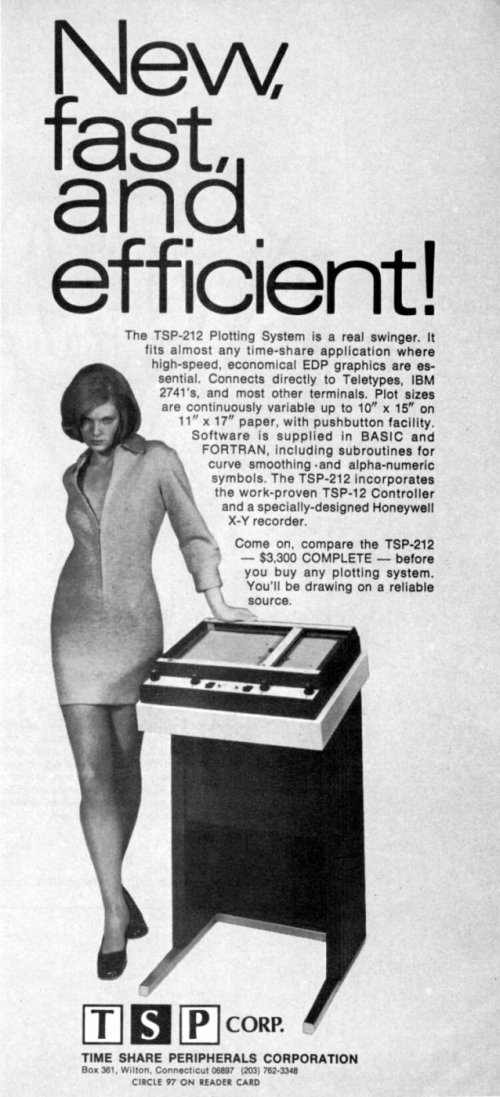Colin Kaepernick in new Nike ad campaign: “Believe in something. Even if it means sacrificing everything.”

Colin Kaepernick for Nike
ESPN:
Colin Kaepernick is back — at least as far as Madison Avenue is concerned.
The former NFL quarterback, who is suing NFL owners for colluding to keep him out of the league, is one of the faces of a new Nike campaign meant to commemorate the 30th anniversary of the brand’s iconic “Just Do It” motto.
The new ad, which Kaepernick shared on social media Monday afternoon, features the message: “Believe in something. Even if it means sacrificing everything.”
Nike signed Kaepernick in 2011 and kept him on its endorsement roster over the years. The company had not used him in the past two years.
“We believe Colin is one of the most inspirational athletes of this generation, who has leveraged the power of sport to help move the world forward,” Gino Fisanotti, Nike’s vice president of brand for North America, told ESPN.
Other athletes in the “Just Do It” campaign include Odell Beckham Jr., Shaquem Griffin, Lacey Baker, Serena Williams and LeBron James.
“We wanted to energize its meaning and introduce ‘Just Do It’ to a new generation of athletes,” Fisanotti said.
Fisanotti said the new version of the campaign is meant to specifically speak to 15- to 17-year olds.
Kaepernick’s protests of racial injustice — which began in August 2016 with sitting and later kneeling during the national anthem — launched a movement across the NFL. No team signed him as a free agent in 2017.
Sure Nike has mixed motives in running this campaign. One of them is to sell shoes. But they are paying their money to communicate an important American message and story. Kaepernick stood up by kneeling, and paid a price, but set a movement in motion. Nike may pay a price for standing up too.
So consider buying a pair of Nikes, even if you don’t want new shoes or their shoes. Consider investing in Nike (NKE), even if you don’t buy stock or want their stock. We need more Americans like Colin Kaepernick and more American companies like Nike to stand up in the face of some ugly and oppressive winds. “Believe in something. Even if it means sacrificing everything.” That’s an American message to be repeated and lived. Just do it.















